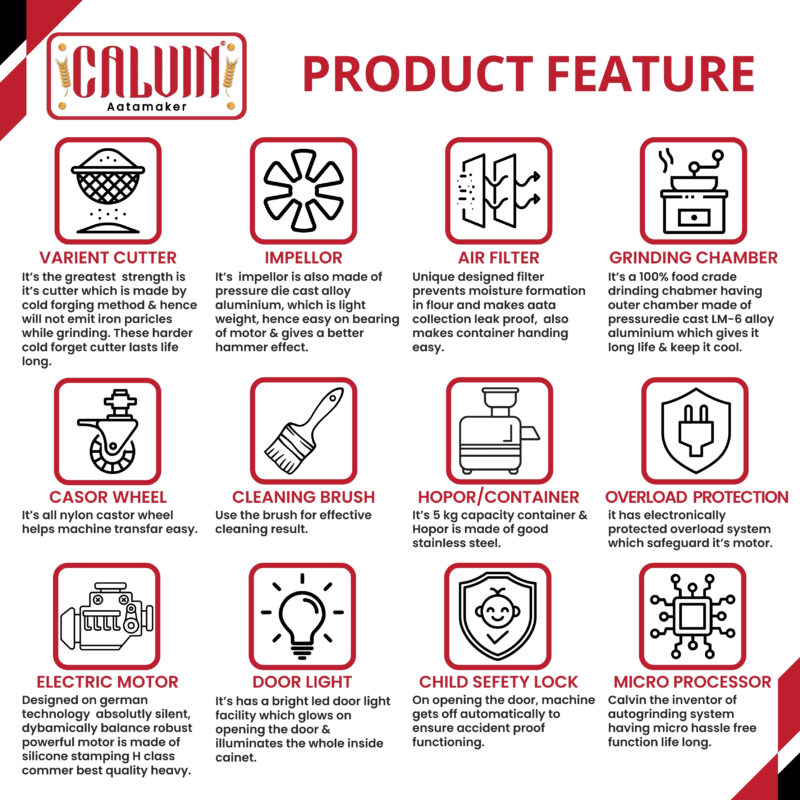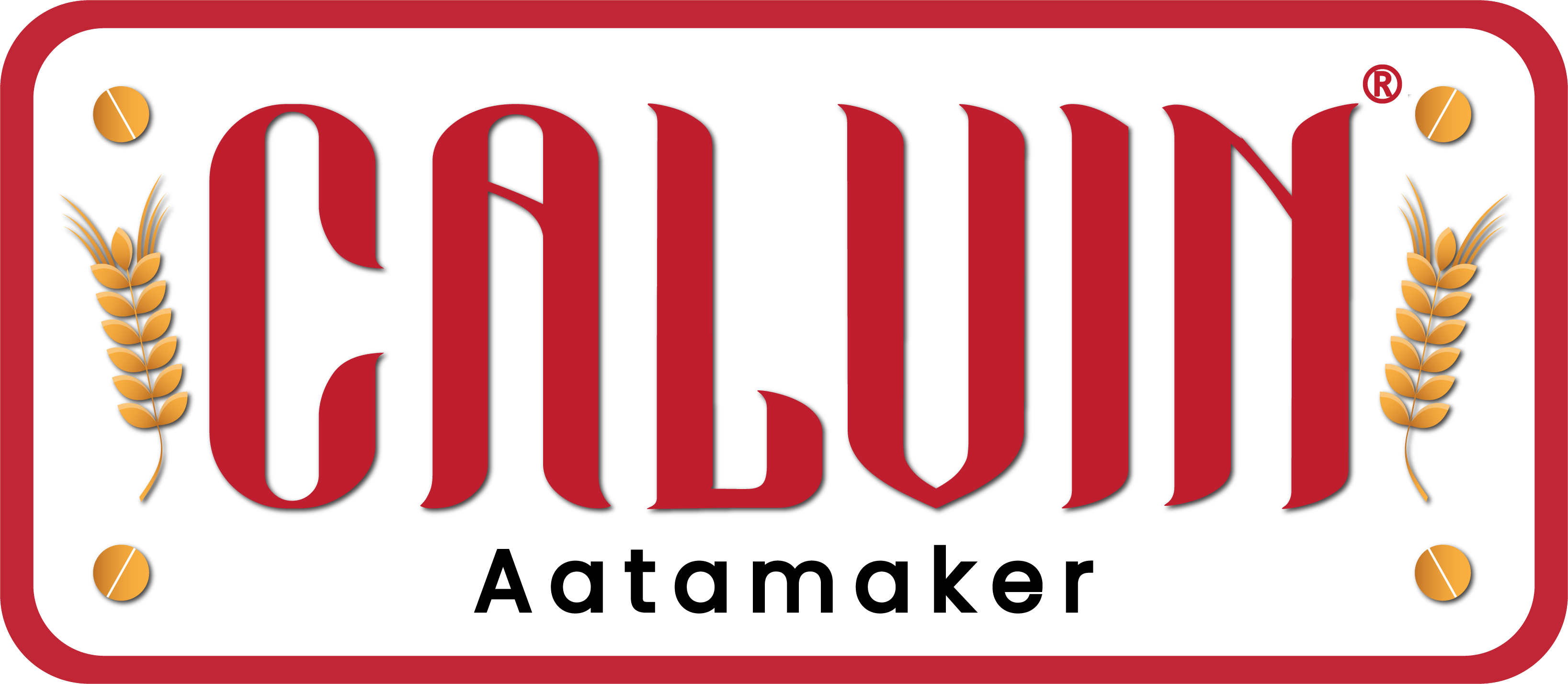Blog
Why Stone Grinding is Better Than Metal Grinding in Flour Mills
Table of Contents
- Introduction
- What is Stone Grinding in Flour Mills?
- Understanding Metal Grinding in Flour Mills
- Key Differences Between Stone and Metal Grinding
- Why Stone Grinding is the Preferred Choice
- Conclusion
Introduction
When it comes to choosing the right grinding method in flour mills, the debate between stone grinding and metal grinding continues to grow. While modern technology has introduced faster, more efficient machines, traditional stone grinding is regaining popularity for several compelling reasons. Many health-conscious individuals and flour mill owners are making the switch back to stone grinding due to its numerous benefits.
In this blog, we’ll explore why stone grinding is often considered superior to metal grinding in the world of flour mills. From preserving nutrients to enhancing flavor and texture, we’ll break down the science and simplicity behind this age-old technique. You’ll also learn how this choice can influence the quality of your flour and overall well-being.

What is Stone Grinding in Flour Mills?
Stone grinding is the traditional technique used in flour mills where natural stones—often granite or emery—are used to crush grains. This method uses friction and slow rotations to gently grind the grain into flour, preserving its natural taste and nutrients.
Benefits of Stone Grinding:
- Preserves natural oils and nutrients.
- Produces finer and softer flour.
- Offers consistent texture for baking.
- Lower temperatures prevent nutrient loss.
This age-old technique has made a major comeback in recent years due to growing interest in organic and whole grain flours.
Understanding Metal Grinding in Flour Mills
Metal grinding uses high-speed steel or cast iron rollers to process grains. This method is common in large-scale industrial flour mills due to its speed and efficiency.
Characteristics of Metal Grinding:
- Faster processing time.
- Higher temperatures due to friction.
- Can strip away essential nutrients.
- May affect flour flavor and texture.
While metal grinding is efficient, it compromises some of the flour’s natural benefits and quality.
Key Differences Between Stone and Metal Grinding
Here’s a quick comparison to highlight the core differences:
| Feature | Stone Grinding | Metal Grinding |
|---|---|---|
| Temperature | Low | High |
| Nutrient Retention | High | Moderate to Low |
| Speed | Slower | Faster |
| Flavor & Texture | Rich and natural | Bland and processed |
| Maintenance | Requires periodic dressing | Less frequent maintenance |

Why Stone Grinding is the Preferred Choice
Flour mills using stone grinding offer a healthier and tastier product. Here’s why more people are switching to stone grinding:
- Health Benefits: Stone-ground flour retains bran and germ, keeping essential nutrients like fiber, iron, and B vitamins intact.
- Flavor and Texture: The flour has a rustic, earthy flavor and soft texture ideal for bread, pastries, and traditional dishes.
- Eco-Friendly: Many stone mills operate with less energy and have a smaller carbon footprint.
- Preservation of Tradition: Stone grinding is not only healthier but connects us to ancient, sustainable milling traditions.
- Ideal for Home Mills: Stone grinding is perfect for home flour mills due to its quiet operation and ability to produce small, quality batches.
Conclusion
When it comes to choosing between stone grinding and metal grinding in flour mills, the clear winner is stone grinding. It offers superior nutritional value, better taste, and a more sustainable approach to milling. Whether you’re a home baker or operate a small flour mill, investing in stone grinding can elevate your products and health.
Explore our collection of traditional and modern flour mills designed for stone grinding, and take your baking to the next level.
Upgrade your kitchen or business with quality stone-ground flour—because better flour starts with better milling.
